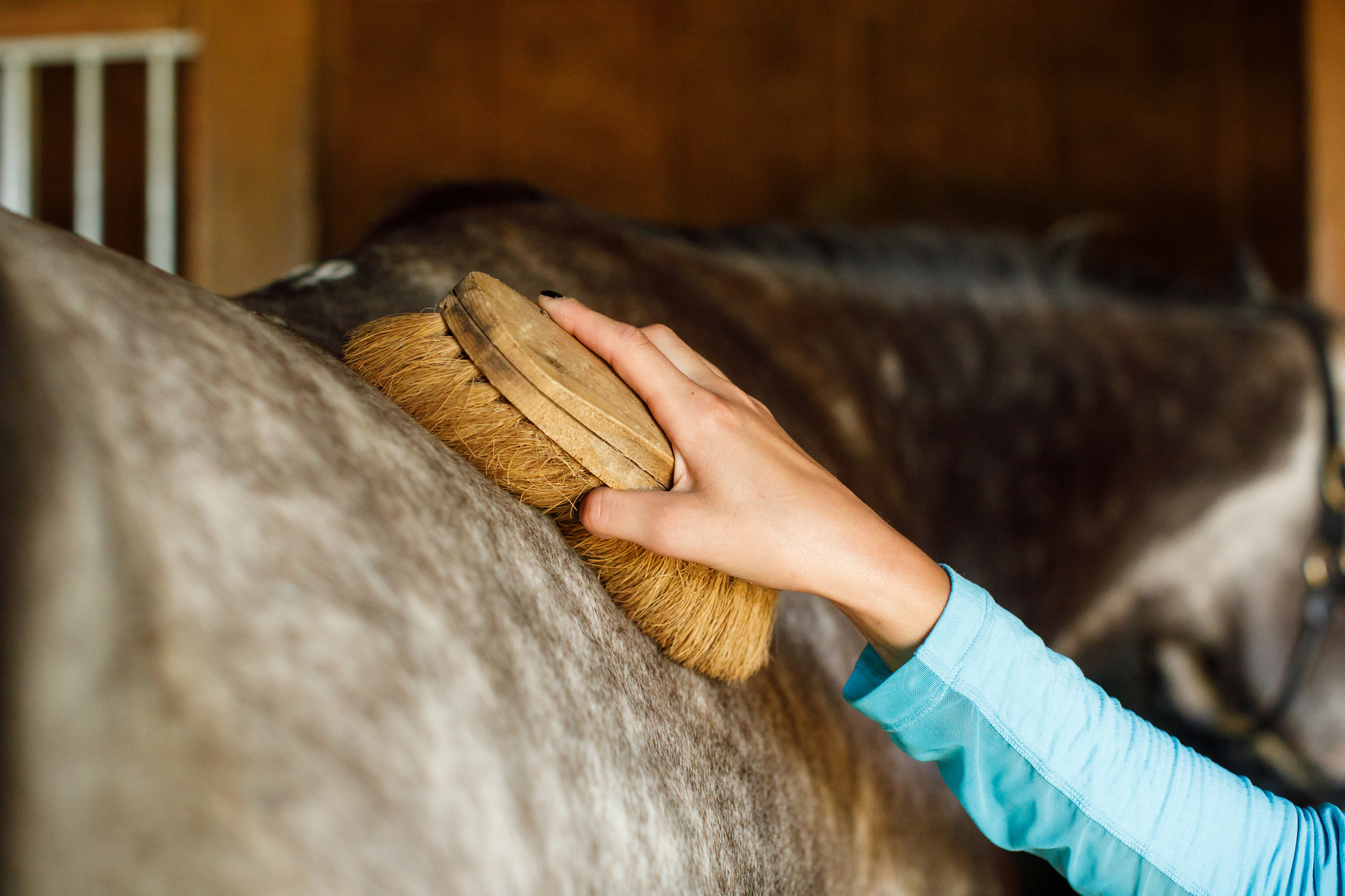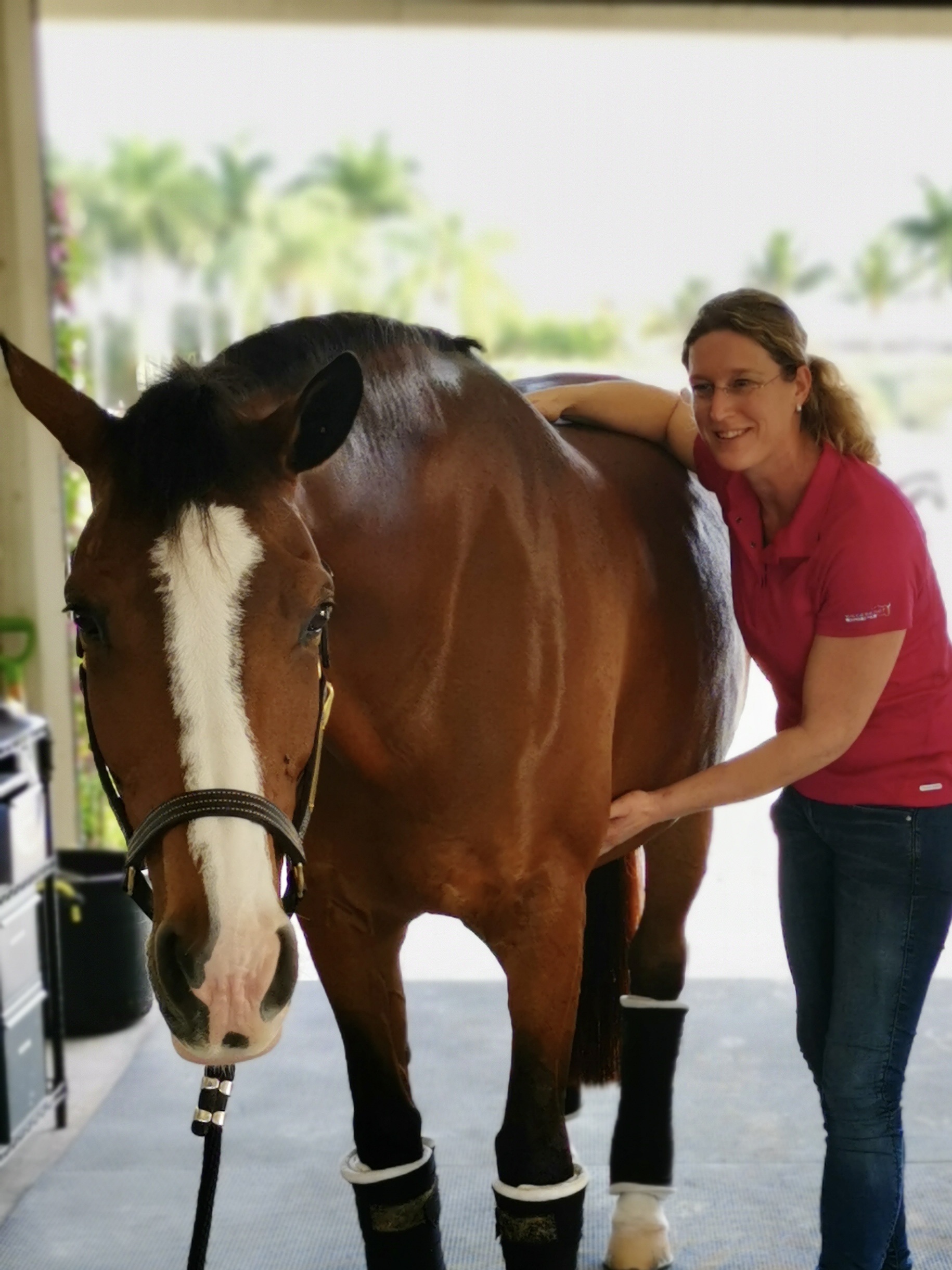In Dutch, we have a saying: “Hoe zit je in je vel?”. You basically ask someone how he’s feeling, but literally, you’re asking, “how are you in your skin?” And that’s not a strange question when you think about it because your skin tells a lot about what’s happening on the inside.
Nerve supply from one part of the spine will give information to the muscles, organs, and skin of a specific region. The area that belongs to one specific spinal nerve is called a dermatome. As soon as nerve innervation* is disturbed, organ function can be obstructed, and the quality of the skin can be affected.
Dermatome Skin Problems
If you have an overall shiny horse, but notice some areas of his coat look different, these can be classical signs of dermatome skin problems. The coat in this region is quite often a bit rough, has more dander, or doesn’t shed as easily as the rest of the body.
Fix It From the Inside Out
Of course, you will have a lot of tools in your grooming toolbox to make this visibly go away, but then you’re just fixing the outside. To fix it from the inside out, a vet or therapist should work with the horse. Once the cause of the problem is fixed, the skin will restore itself to a healthy condition.
Common Areas
The most common areas you can see skin react like this are the lower back (kidneys are quite often the cause), the lower part of the belly (worms can cause this), right flank (cecum), or adjacent to the spine (quite often saddle region, caused by a locked vertebra).
Look For the Origin Of the Problem
So, if you ever see that one of your horses is showing regional changes in his coat, fix it on the outside, but also keep in mind that the origin of the problem can come from the inside.
* The word innervate means to supply a body part with nerves. When nerves go into muscle fiber, they innervate the muscle (fiber).


